Introduction
The whaling industry was an enormous sphere of business relations on an international basis. In this respect, the world of merely the seventeenth and eighteenth centuries was in urge for whale oil. The thing is that whaling was a major source of money and power between main countries. It was considered with today’s relationships for petroleum oil. Thus, the paper seeks for the discussion of the foundation of the whaling industry in the world and America, in particular. First whalers are considered to merge within first settlers in New York.
Thereupon, Sag Harbor was the place from which whaling companies started. The outlook on the beginning of the hunt on whales and its decline is combined with definite social and economic stages of relationships in the newly born country with its multinational background. Native Americans were also admitted as direct participants in this process. The chronicle notes they were the first on the American continent who began to successfully catch whales. All in all, the industry had all its steps in development, from the very beginning until its decline. The whaling industry was the reason for domination and priority in the world when ideas of Enlightenment influenced civilized society. It comprised the wholeness of all material values which could make people prevalent within the rest.
Historical evaluation
First of all, it is necessary to note that Native American whalers were among the most professional and apt whalemen in the realities of the 16th and 17th centuries. They were also the first people who began providing this type of activity within contemporary borders of the United States. First New Yorkers were highly interested in this domain of activities, and tried to follow the principles and techniques of whaling from the predecessors on the continent:
The early colonists learned the rudiments of whaling from them and, with improved methods such as light cedar boats and iron harpoons, became America’s first white offshore whalers. For some generations, however, they continued to recognize their Algonquin neighbors as the more skillful and employed them when possible to hurl the harpoon and to wield the lance (Pritchard 324).
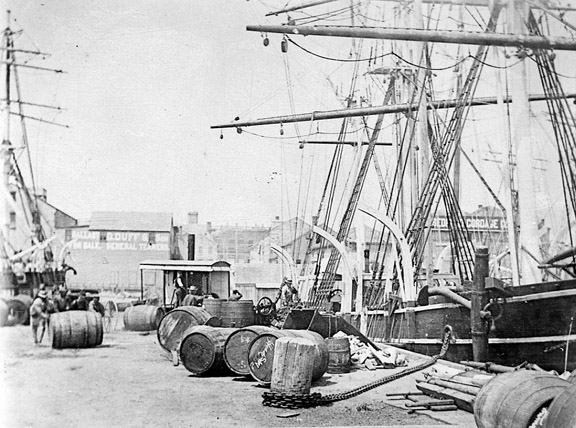
First colonists saw an incredible possibility to improve their situation with a new type of product, namely whale oil. This cargo was the most desirable and sailors tried to do their best for the sake of high wages. Having started in the late eighteenth century the whaling industry in America began increasing. Owing to the whale markets all over the world the reason for this sort of business was outlined with a particular concernment of business circles and sailors. Sag Harbor is known for its pioneer role for whaling on the Atlantic coast of America and in the Long Island, particularly. It is vital to mention that at that time the Dutch whaling campaign exceeded the scope of the industry, because “between 1675 and 1721the Dutch had killed 32,907 whales” (Dolin 104). Huge profits which were gained help this country increase its spheres of influence.
Algonquian peoples
Turning to the early American times, the Long Island was known to be the place for 13 Native American tribes in which solely two were considered to be involved in the sphere of whaling. Montauks was the most numerous tribe on the island. They were industrious and talented in fishing and whaling, to be precise. Moreover, their mastership was borrowed by English, Dutch, and other colonists being settled in the area of New York. The issue of cooperation emerged when the colonists tried to improve their skills and results, on the whole, in whaling. Numerous contracts were signed between the Native population and colonists for fishing and whaling (Dolin 75). Such documents bore in most cases unequal character due to the greed of British and Dutch settlers in their mutual struggle for dominance in the whaling market.
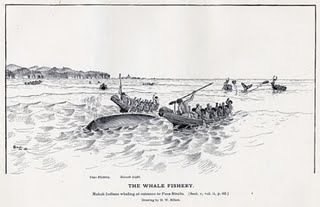
Long Island Algonquians differed from their white neighbors in their customs and rites and the ability to study from nature so that to supply them with everything needed: “The people probably saw no reason to abandon their hunting and gathering practices because the rich variety of wild plants, fish, shellfish, and game near their villages provided a well-balanced, predictable food supply” (Strong 6). Because of this grave reason, the skills of the Montauk people were implied in their beliefs and philosophy of Kachinas. Whaling, strange as it may seem, was also considered by them, as the way to be near to the higher dimension of the spiritual world. They whaled using their fast-navigating canoes.
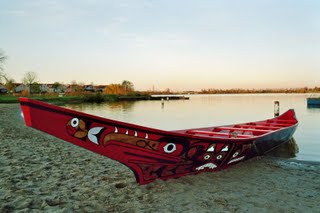
Two canoes were used for the operation of successful whaling. For this purpose hunters on one boat tried to neatly catch a whale by a lance thrown into the body of the mammal several times from the side of both boats.
Sag Harbor
Sag Harbor in the area of New England was considered the first point where the whaling industry appeared as of the American continent. Situated in New England, the harbor is splendid and convenient in its lines and proper closeness to the Gardiner’s Bay (Barber 333). This geographical unit was a part of Suffolk County which included 9 towns, the most outstanding of which are Brookhaven, East Hampton, and Southampton (Barber 333).
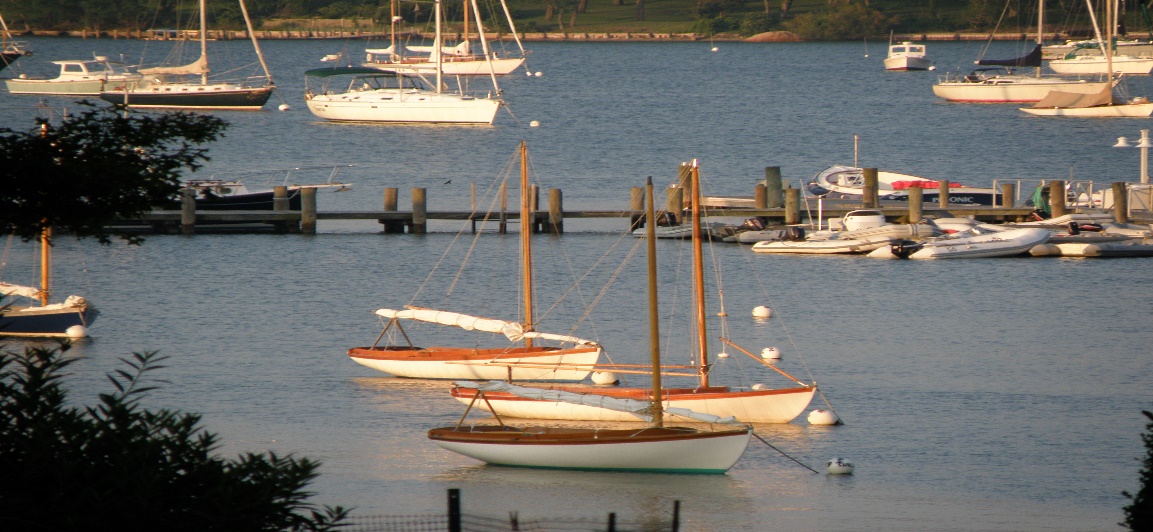
Moreover, the convenience concerned with this harbor helped sailors to increase the volumes of catch with each year. In this respect, Harbor was silent and well-surrounded. Here the trade took place with no obstacle for successful trade of whales and products concerned with them. Sag Harbor became known as the center of American whaling and fishery commerce in the first half of the nineteenth century. Furthermore, the fleet of Sag Harbor consisted of sixty ships and was the second to New Bedford in Massachusetts (Pritchard 324). One more detail is that this harbor for a long period was widely used by the native population for fishery and whaling. Montauk people were greatly interested in the relationships with their white neighbors in terms of whaling: “In the streets of Sag Harbor, Long Island Indians flush with cash could be seen spending and giving away their money lavishly” (Pritchard 324).
The increase of the American whaling industry
At the very beginning of the nineteenth century, the volumes of whaling were growing from year to year. In this respect, the American domain of the industry presupposed the flow of fight against sperm whales. This feature intended sailors to sail farther from the coast in urge for these mammals. Furthermore, the prerequisites for the growth of the industry were related to millions of invested money (French and Place 632). During the first four decades, the industry made its success in the United States due to the growth of vessels and people involved in whaling. The most viable period was between 1830 and 1860 when the whole catch of whalers shifted all expectations owing to the high scope of fishery in the North Atlantic. The urge for money was higher than the urge for nature safety in its flora and fauna. Sperm whales were almost at the level of extinction due to such an irrational approach toward whaling:
The sperm fishery was reverting to the American monopoly it had been before the War of Independence, which was just as well because the catch was in serious decline. The 2,694,000 gallons imported between 1851 and 1855 were 601,000 fewer than those imported during the previous five years (Mawer 258).
Whale oil began moving the economy of the United States and was a particular and unprecedented ground for the relationship’s improvements. Here one should understand that the peak of the American whaling industry was reached in 1846 when the whaling fleet encountered 736 vessels and more than 70,000 people straightforwardly involved in sailing (Dolin 136). In this respect, the large parameters of the takes were spread not only in the American part of the world but also in Europe and other parts of it. Nevertheless, in colonies, trade and commerce were highly outlined with the significance of whale oil. Thus, the US had an opportunity for more opportunities in its economical shape of stability and constant growth.
Decline of whaling
The whaling industry had a particular shape in its historical cut in the USA. People were able and intended to provide more techniques for a larger catch. This meant that the natural resources of whales and sperm whales, in particular, were decreasing. Hence, the need for people in gross scopes for this industry decreased before the seventh decade of the 19th century. There were many reasons for that in the world and the United States, in particular.

With the flow of development in the United States, new areas of business and economic growth were discovered in the middle of the nineteenth century. Here the motivation of the American people was still concerned with the immediate profits. In other words, living in a capitalist society, people were seduced to have more possibilities for an improved life without any poverty point. Thereupon, better development of new lands and the essence of rather significant for the industry deposits in the interior of the earth made another flow of American people on its pathway toward the possibility of becoming rich at once.
The industry decreased after 1850 due to the lessening of the levels of whaling. Sperm oil imports by the year 1860 had diminished to the point of 73 708 barrels and in the years during and after the Civil War this reading showed solely 50 000 barrels (Food and Agriculture Organization of the United Nations 324). The main reason which touched the internal dimension of social, economical, and political relationships considered the controversies between the North and the South of the US and all prerequisites for the Civil War.
People were interested in other than this type of product being of great significance in the world of trade and commerce. Gas, petroleum, and vegetable oils became more important for the international market. People understood also that new markets needed positive development and more efforts for their better evaluation. In this case, the gold rush in 1849 and the discovery of oil deposits in Pennsylvania were the main economical reasons. Gold and oil were quite competitive in contrast to the oil of sperm whales. Another reason touched upon the rational transformation of whaling into other significant products:
The whaling interests also contributed to the decline, shifting their efforts to the right whale and bowhead fisheries, to which they were lured by the opening of the North Pacific and western Arctic grounds and by the two marketable commodities – baleen and oil – that these whales afforded (Food and Agriculture Organization of the United Nations 324).
The Civil War made distinctive impacts on the decline of whaling due to the disorientation of the American economy in its prior spheres and a lack of state power awareness of the state of affairs in the country. Moreover, the Appalachian region of the US gained more opportunities for the financial growth of the population due to the coal-mining and logging industries. The urge for new energy products was applicable before the high development of the period of industrialization. The scientifically rational approach prevailed in the second half of the 19th century. This is why whaling decreased and appeared to become useless because a new era of mankind prescribed the extraction of energy and power out of the natural deposits of petroleum, gas, coal, and other inputs.
Effects of the whaling era
In the whaling, era humanity was faced with new opportunities of whales’ destination in terms of peoples’ needs. This urge of business circles of that time for solely material amenities did not take into consideration the harms which were caused to nature from the very beginning. Today commercial whaling is regulated by the International Whaling Commission (IWC) (Estes 368). Owing to this organization the contemporary relationships between countries placed in straightforward nearness to oceans are regulated with the approach to the safety of the natural environment and population of different kinds of whales. Nevertheless, countries (particularly Iceland, Norway, and Japan) still promote commercial whaling providing a danger for the species of these mammals.
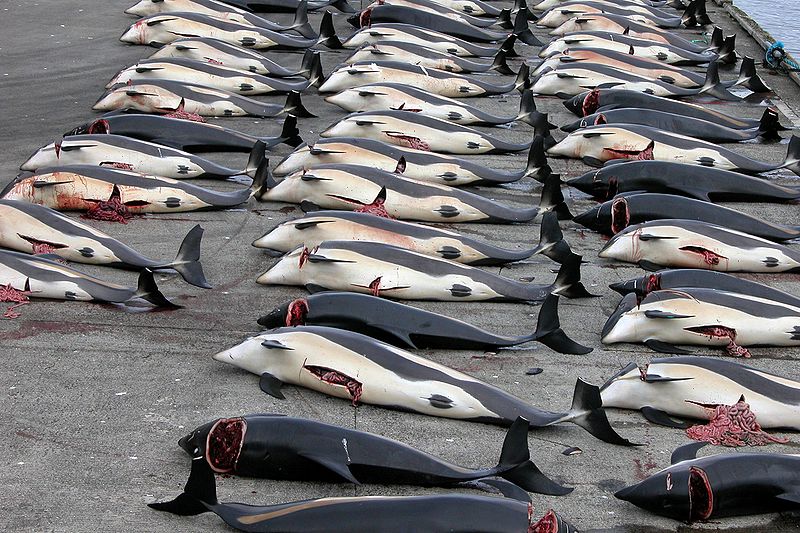
Conclusion
The development of trade and commerce in the late eighteenth and early nineteenth centuries was concerned in its major part with the whaling industry. The formation of the United States and neighboring with Native population gave colonists opportunities to loan Indian whaling techniques for commercial use with p[roper improvements. Sag Harbor was a very convenient place for a fishery of great scope. In New England, it was the wealthiest and most prosperous place due to whaling. The rise of the whaling industry in the US is considered to be in the period between the 1820s-1850s. In the dollar equivalent, the most profitable year was 1854, when it equaled the sum of $ 10,766,521 (Mawer 263). The Civil War and the discovery of new energy inputs contributed to the decline of whaling in the second half of the nineteenth century.
Gas, petroleum, and gold grabbed more attention at that time. Whaling had less significance and it transformed into the use of bowhead fishery and trade baleen. The effects of the whaling era are harmful for the contemporary situation with different species of whales. Commercial whaling is still observed in the world, but due to IWC such attempts of countries can be restricted.
Works cited
Barber, John Warner. Historical collections of the state of New York: being a general collection of the most interesting facts, biographical sketches, varied descriptions, &c. relating to the past and present : with geographical descriptions of the counties, cities, and principal villages throughout the state. New York: Published for the author by Clark, Austin & Co., 1851.
Dolin, Eric J. Leviathan: The History of Whaling in America New York: W. W. Norton, 2007.
Estes, James A. Whales, whaling, and ocean ecosystems. Berkeley, CA: University of California Press, 2006.
Indigenous Boats. American Indian Whaling…more. 2008. Hyperlink. Web.
Fishermen’s Voice. Complex of articles and slides. Web.
Food and Agriculture Organization of the United Nations and Working Party on Marine Mammals. Mammals in the Seas: General papers and large cetaceans. Vol. 3(5). Rome: Food & Agriculture Org., 1982.
French, John Homer and Place, Frank. Gazetteer of the State of New York: embracing a comprehensive view of the geography, geology, and general history of the State, and a complete history and description of every county, city, town, village and locality. With full tables of statistics. Ed. 7. New York: R.P. Smith, 1860.
Mawer, Granville Allen. Ahab’s Trade: The saga of South Seas whaling. Sydney: Allen & Unwin, 2001.
Pritchard, Evan T. Native New Yorkers: the legacy of the Algonquin people of New York. Washington, DC: Council Oak Books, 2002.
Strong, John A. The Montaukett Indians of Eastern Long Island: The Iroquois and their neighbors. New York: Syracuse University Press, 2006.
